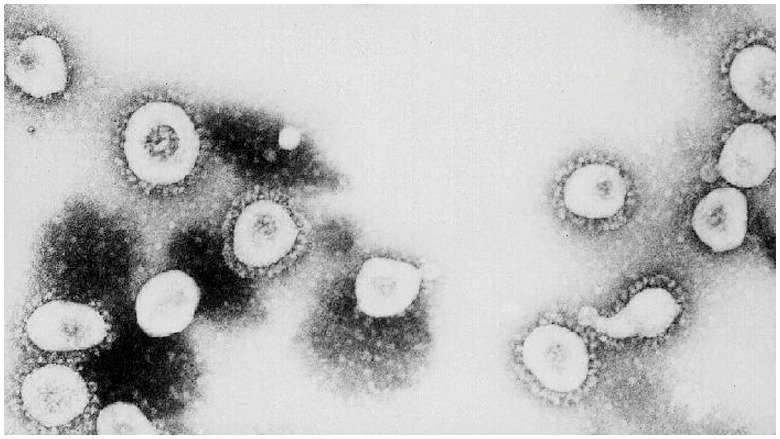
Getty What does COVID-19 stand for?
You’ve been hearing a lot about COVID-19, and most people know that it’s the technical term for the virus people are commonly calling coronavirus. But what does COVID-19 stand for?
The Centers for Disease Control and Prevention has an explanation. The name dates to February 11, 2020.
“On February 11, 2020 the World Health Organization announced an official name for the disease that is causing the 2019 novel coronavirus outbreak, first identified in Wuhan China. The new name of this disease is coronavirus disease 2019, abbreviated as COVID-19. In COVID-19, ‘CO’ stands for ‘corona,’ ‘VI’ for ‘virus,’ and ‘D’ for disease. Formerly, this disease was referred to as ‘2019 novel coronavirus’ or ‘2019-nCoV.'”
According to KHOU-TV, a false Facebook post has been going around that says, “Hate to break this to all of the morons who call themselves Journalists. COVID literally stands for ‘Chinese Originated Viral Infectious Disease’ and the number 19 is due to this being the 19th virus to come out of China.” But that’s not true. See above.
Here’s what you need to know:
There Are Many Types of Human Coronaviruses But COVID-19 is a New Disease

Coronavirus.
The problem with only calling the virus “coronavirus” is that there are many coronaviruses. “There are many types of human coronaviruses including some that commonly cause mild upper-respiratory tract illnesses. COVID-19 is a new disease, caused be a novel (or new) coronavirus that has not previously been seen in humans. The name of this disease was selected following the World Health Organization (WHO) best practiceexternal icon for naming of new human infectious diseases,” CDC explains.
According to CDC, “This virus was first detected in Wuhan City, Hubei Province, China. The first infections were linked to a live animal market, but the virus is now spreading from person-to-person. It’s important to note that person-to-person spread can happen on a continuum. Some viruses are highly contagious (like measles), while other viruses are less so.”
CDC adds: “The virus that causes COVID-19 seems to be spreading easily and sustainably in the community (‘community spread’) in some affected geographic areas. Community spread means people have been infected with the virus in an area, including some who are not sure how or where they became infected.”
The New York Times has published a pretty extraordinary visual presentation of how COVID-19 spread throughout the world. You can see that here.
According to Centers for Disease Control and Prevention, coronavirus and the flu share commonalities. “COVID-19 symptoms are similar to those of influenza (e.g., fever, cough, and shortness of breath), and the current outbreak is occurring during a time of year when respiratory illnesses from influenza and other viruses, including other coronaviruses that cause the ‘common cold,’ are highly prevalent,” the site reports.
Harvard Medical School notes of coronavirus, “Some people infected with the virus have no symptoms. When the virus does cause symptoms, common ones include low-grade fever, body aches, coughing, nasal congestion, runny nose, and sore throat. However, COVID-19 can occasionally cause more severe symptoms like high fever, severe cough, and shortness of breath, which often indicates pneumonia.”
READ NEXT: Can You Get Coronavirus From Money?
